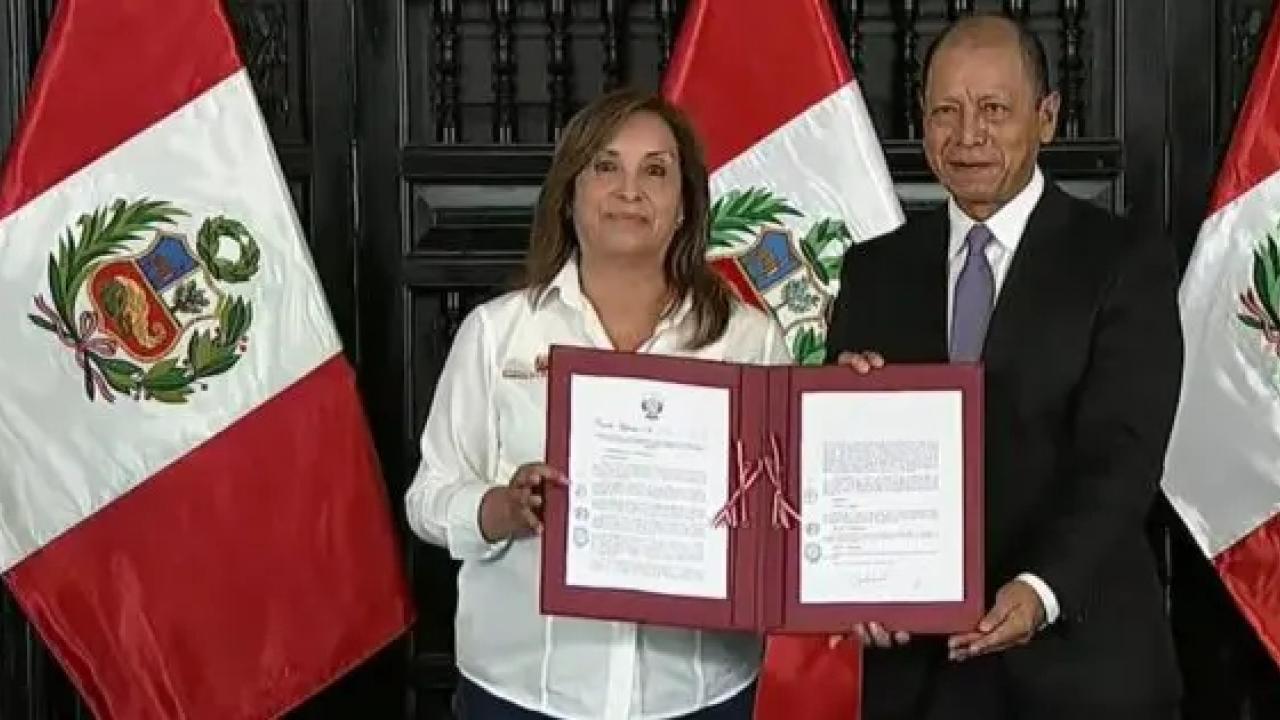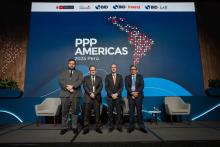
The Peruvian Executive made this decision after the National Labor Council and the Special Commission on Productivity and Minimum Wage, in which employers and workers participate, failed to reach a consensus. The Minimum Vital Remuneration (RMV) will rise to approximately US$ 300.
Peru's Minimum Living Wage (RMV) will rise to 1,130 soles (US$298.8) starting January 1, 2025, President Dina Ercilia Boluarte Zegarra announced today.
"After a professional technical analysis, I announce today that as of January 1, 2025, the Minimum Vital Remuneration (RMV) will increase by 105 soles (US$ 27.7), reaching an amount of 1,130 soles," he said.
He explained that the Peruvian Executive made the decision to increase the minimum wage after the National Labor Council and the Special Commission on Productivity and Minimum Wage, in which employers and workers participate, failed to reach a consensus.
"The approved increase is the fairest and the one that comes closest to the middle ground," said the president, who promulgated the law that provides for the increase in the minimum wage, accompanied by the Minister of Labor and Employment Promotion, Daniel Maurate.
"I appreciate the democratic and technical spirit of the debate. In the absence of such consensus, the Executive assumed the responsibility of making the decision based on professional technical analysis and the well-being of all Peruvians, without considering cheap populism or political opportunism," he added.
He said that the measure represents a challenge for business sectors, to whom he said that his government will continue working to maintain economic growth.
He also said that he understands the expectations of workers who wanted a higher increase, but he maintained that a disproportionate increase could put at risk the formalization of labor, especially for micro and small business owners, which cannot be allowed.
The Head of State indicated that, although the increase in the minimum wage is a significant measure in the objective of having a more equitable Peru, it does not end there; it requires putting similarities above differences to guarantee that economic growth translates into better living conditions for all.
“Let us continue forward, working together for a more just, inclusive and prosperous Peru. We will continue to focus on generating conditions for greater investments, for more employment, for the formalization of employment. That is our task,” he said.
The Minimum Vital Remuneration is currently 1,025 soles (US$ 271.1). The last increase was 95 soles (US$ 25.1), on May 1, 2022, during the government of Pedro Castillo, going from 95 soles to 1,025 soles.
ECONOMIC GROWTH
The president said that one of the main objectives of her government is to ensure that economic growth benefits everyone and is reflected in the pockets of workers, because progress must be inclusive.
He recalled that when he took office, he received a country hit by the economic recession, the aftermath of the pandemic, the onslaught of natural phenomena and social protests that paralyzed the country, in the face of which he outlined a path to economic recovery, with clear and decisive strategies.
This year, he said, thanks to the effective measures taken by the administration, this situation was reversed, private investment is recovering, formal employment has recovered and the figures for the Economically Active Population (EAP) are showing encouraging growth figures and the informal unemployment rate continues to decline.
"The progress is not a coincidence, it is the result of responsible public policies and a shared effort by all sectors of society," he said, after specifying that the increase in minimum wage is taking place in this context of economic recovery.










